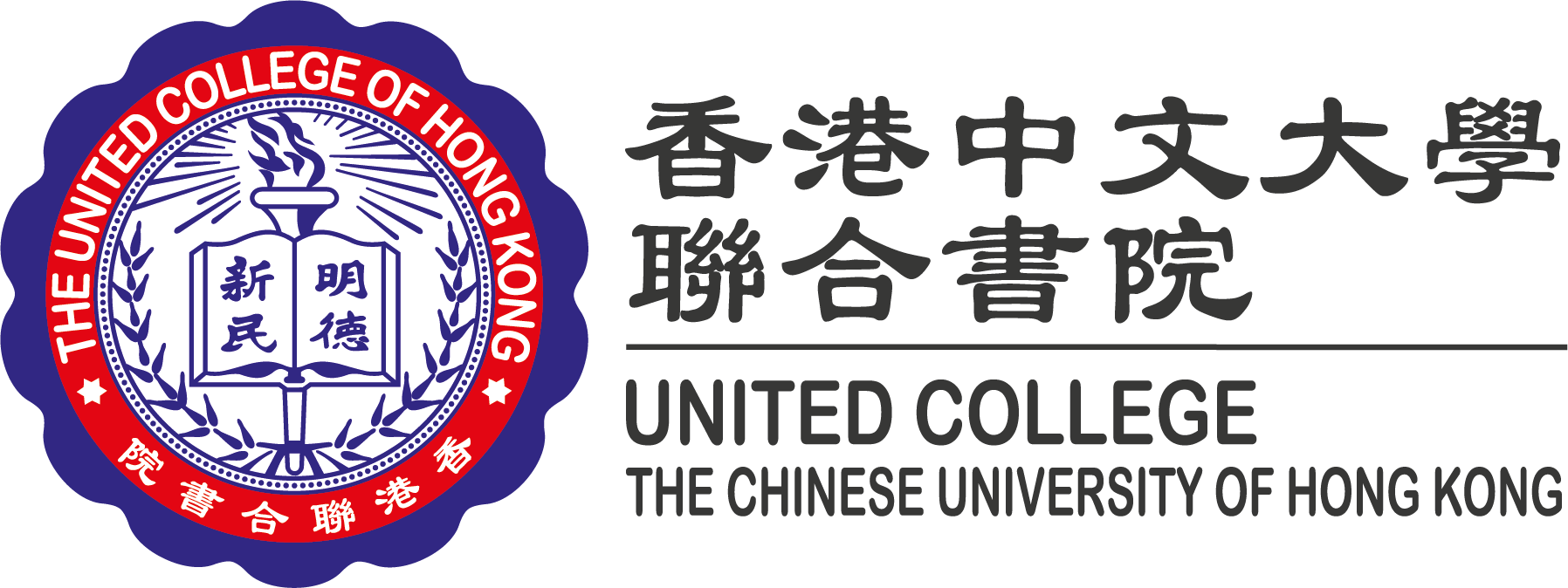Scientific BackgroundModern manufacturing and service industries have changed drastically due to the explosion in the knowledge economy. Fast and inexpensive computing, office products, the development and utilization of large databases, have necessitated sophisticated methods to meet new demands. Industrial and applied mathematics is the enabling factor in realizing and implementing these methods. In recent years, the mathematical community has responded to this growing need for the mathematically proved solution in the industry. Organizations such as the Fields Institute, Mitacs, and PIMS in Canada, IPAM, SIAM and the NSF in the United States, and Newton Institutes in the United Kingdom have been promoting the interaction of mathematics with industry and continuing to research on various mathematical problems arisen from economic development and technological advancement. Industrial and applied mathematics is an inherently interdisciplinary field. In addition to mathematics, it includes subjects from fields outside mathematics such as business, computer science, medical sciences and engineering. An industrial mathematician has strong analytical and problem-solving skills built upon a background of computing, mathematics, statistics, and basic science. Numerous reports and studies carried out by professional organizations show that there is a growing demand in the workforce for mathematics scholars with the practical skills to work with managers, engineers, etc. Industrial and applied mathematics is a well-established field within the mathematical sciences community. Every four years there is an International Congress on Industrial and Applied Mathematics. Industrial and applied mathematics focuses on problems which come from industry and aims for solutions which are relevant to the industry, including finding the most efficient (i.e. cost-effective) way to solve the problem. With the increasing complexity and sophistication of modern industry, individuals who are able to understand technical issues, formulate precise and accurate mathematical models, implement solutions using the latest computer techniques, and convey these ideas to their co-workers who may be managers or engineers, are becoming a necessary part of many organizations and companies. Examples of areas in the industry that industrial and applied mathematics plays a key role are signal and image processing, computer graphics, computer vision, risk management, system reliability, software testing, and verification, database systems, production line optimization, and marketing research. |








